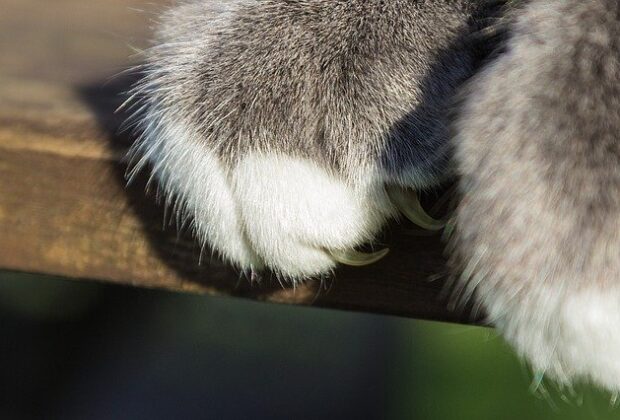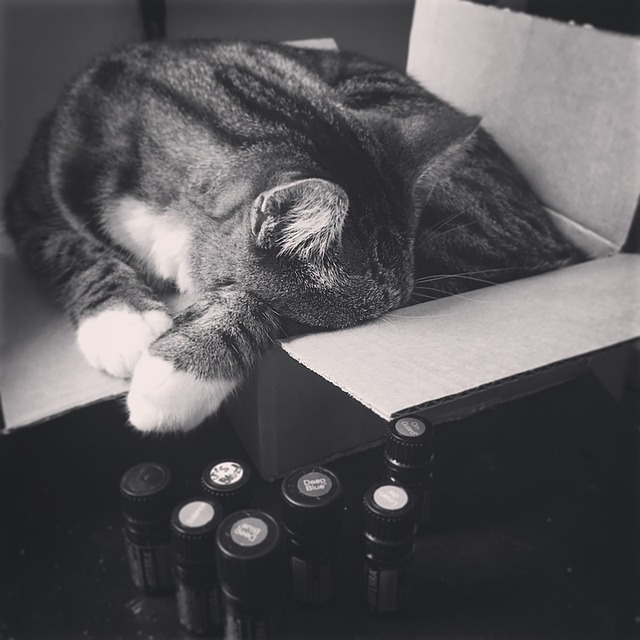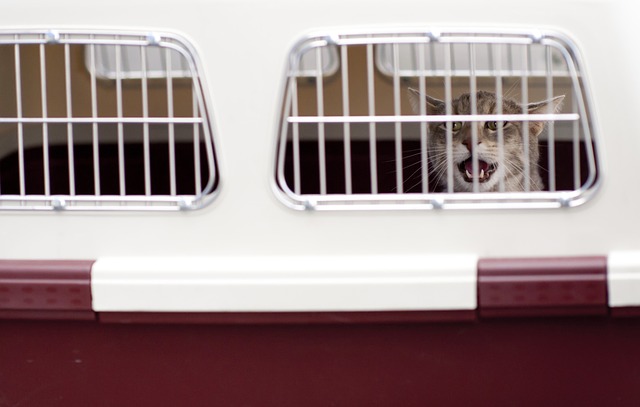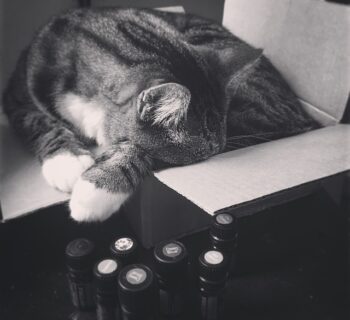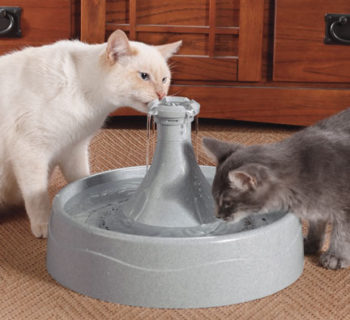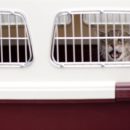If you are asking this question, it is likely because you've just been clawed by a kitten or have had a possession destroyed by one. Anyone who has owned a kitten will agree that kitten claws are no joke, especially the longer ones.
So, what can you do about kitten claws? Can you declaw a kitten, and if so, when can a kitten be declawed? Have other questions about kitten claws and clawing? We will discuss all of these and more in this article. Please share them in the comment section below.
What Is Declawing?
Declawing is the surgical removal of a cat's toenail and the area of the bone from which it grows. While some declawing procedures may include the removal of all of the cat's toenails, in most cases, only the front paws are declawed.
During the surgical procedure, general anesthesia is given, and after the procedure, adequate pain management is provided to ease and quicken the recovery process. Most cats should be able to walk and climb as before within a few days or weeks.
Why a Cat May Be Declawed
There are several reasons cat owners may need to declaw a cat. These reasons can range from protecting the furniture, preventing major scratches to protecting other pets in the home. While clawing may cause injuries to the victims, it is not always the only risk. A cat may infect a human or pet easily, particularly those with impaired immune systems.
Cats may also sometimes need the procedure to help save their lives. This could be from a tumor, an infection, or any other condition threatening the cat's health or causing irreparable damage.
Usually, though, declawing is recommended after feline owners have tried to do everything to stop or control the animal's excessive and often damaging scratching instead of putting it down, abandoning, or returning it to the shelter.
When Should I Declaw My Kitten?
If you must declaw your feline, many experts recommend doing so when they are young for easier and quicker recovery. Most recommend doing it when the cat is around 10 – 12 weeks of age though you can still do it around or even past their 6th month of life. As said earlier, general anesthesia is usually required as felines will feel pain from the procedure.
Some vets may also apply local anesthesia on the two paws to minimize the possibility of your cat experiencing pain from the procedure.
After the procedure, padded bandages are placed on the area on the first day. Your cat is then admitted overnight at the hospital and discharged the following morning with some pain medications provided.
Preventing Infections After Declawing
As with almost every other surgical procedure, infection is an ever-present possibility with declawing. Hence, vets use sterile/aseptic scalpels, gloves, gowns, masks, and other surgical materials during and after the procedure.
Cat Declawing FAQs
Below are answers to some of the frequently asked questions about declawing a kitten;
Will declawing change my cat's personality?
Maybe for the first few days after surgery. But after the pain passes, your cat should return to normal though some cat owners have claimed their kittens' biting increased or originated from the declawing even though there are currently no studies to back this claim. If biting does become a problem with your kitten then please see our guide here on how to combat this.
Should I allow my declawed cat outside?
For obvious reasons, no. At least not for the first several days after surgery. Aside from the risk of contracting an infection, they risk getting seriously injured if they ever have to get into fights with other felines or canines outside. Even after complete recovery, you still want to closely supervise the cat's play and stay outside, knowing that it has lost one of its primary means of defense.
Why are many against declawing?
Many against declawing feel that removing a cat's claw is unnatural, something they are born with. They also argue that it is more often than not done for the owner's interest, hardly ever for the cat.
They also argue that the cats go through so much unnecessary pain and sometimes complications from the surgery.
Does declawing hurt the cat?
Yes, it does. It's a surgical procedure, and like most procedures, it involves some degree of pain or discomfort; hence, pain medications and management are crucial.
How long does it take cats to recover from the procedure?
Most declawing surgical procedures will usually heal within a week. Some may take up to two or three weeks to fully recover, and your cat is walking normally. Just make sure to take good care of it.
Other Solutions to Cat Clawing Problems
While surgery might be an effective way to stop clawing, there are other milder and usually effective techniques to manage this behavior. We'll discuss some of them below.
Training
Most cat experts recommend getting your feline a scratching post or tree almost as soon as they come home. This is mainly recommended at the kitten stage. Training a kitten to scratch elsewhere on time will help it understand that it is not supposed to scratch you or any other person or animal in the home. Again, while this will work for many kittens, it does little to change the behavior in adult cats.
Vinyl nail caps
These caps can be used to stop clawing in both kittens and adult cats. Your vet applies them with surgical adhesive, and like most felines, your cat will get used to it in a day or two. However, if you do it yourself at home, ensure that the glue is applied correctly. You do not want to glue your cat's toes together and cause discomfort or even injury to it when trying to separate them.
We must also mention here that the vinyl caps are only recommended for cats that are to be kept indoors for only a short time as they usually wear out within a month.
Trimming
Feline claws can be trimmed weekly to prevent injuries when they scratch you. However, while this will minimize injuries from scratching, it will not stop the cat from damaging furniture as they usually do so to stretch and sharpen their claws.
When Can A Kitten Be Declawed? Conclusion
Kittens are undoubtedly some of the most adorable pets, but what isn't cute about them are behaviors like clawing. Thankfully, you can manage this behavior with a few techniques, the harshest being declawing. However, when done right, declawing should cause no problem to a healthy kitten. And as we mentioned earlier, many kittens will heal within just days of the procedure.
Finally, while many might be against it, no long-term problem has been linked to the procedure in studies. Ever had to declaw a kitten? What was the experience like for you and the kitten? Share below!
About the Author
Kirsten Heggarty
Kirsten created The Pet Handbook with the aim of sharing her knowledge about pets, pet food, healthy habits, and more. All of her advice is based on years of her own experience with her pets, and feedback that she has received from grateful readers about her tips. If you want to know more please read the About Me page.

